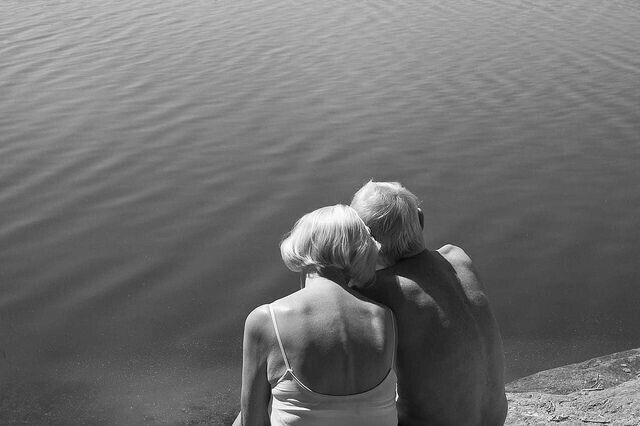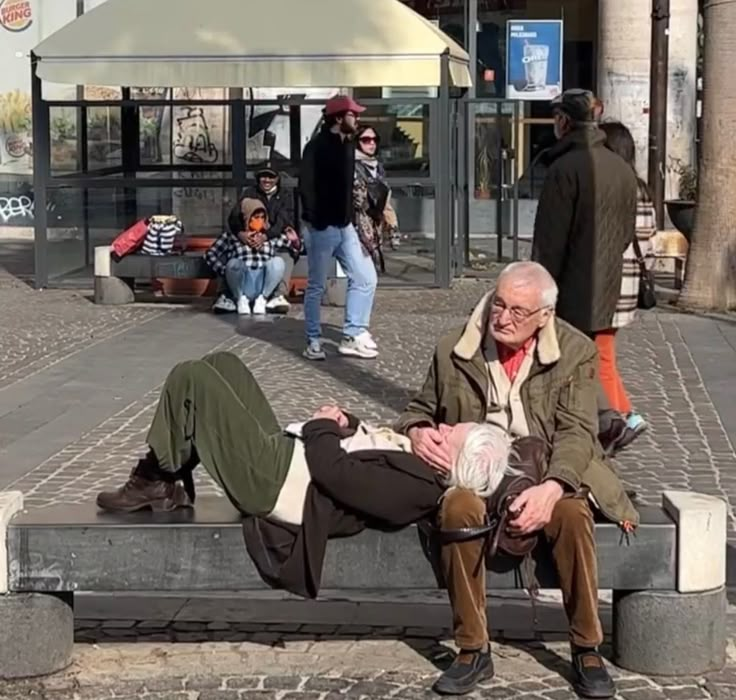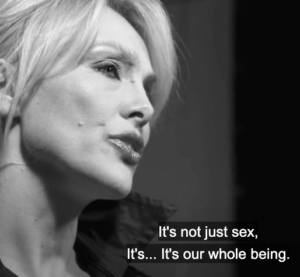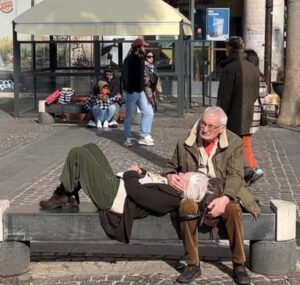Love is not a noun. Not really. It’s not a fixed place we arrive at, or a trait we “have.” Love is an event. A happening. And like all events — it needs participants, presence, and the courage to keep showing up.
I am writing here not about grand romantic gestures. I am writing about something quieter and far more difficult: how we sustain the happening of love, long after the butterflies have flown and the dust has settled.
The Ancient Greeks Were Onto Something
The Greeks had a whole bouquet of words for love. Not just one vague term to cover Netflix nights and soulmate vows. They named it in layers:
- Eros: the spark, desire, erotic yearning.
- Philia: the loyalty of friendship and shared values.
- Storge: the steady comfort of familial affection.
- Agape: transcendent love, the kind that gives without needing return.
- Ludus: playful love, flirtation and teasing.
- Pragma: the mature love that grows through commitment over time.
- Philautia: self-love, which can be healthy or narcissistic.
Each kind of love has its own rhythm. Its own way of happening. But all of them — even the most divine — fade when left unattended.
Love is not a monument. It’s not carved in marble and immune to time. It’s more like a fire that needs tending, or a language that needs speaking. Stop tending, stop speaking — and love stops happening.
Love as an Event
Let’s borrow a philosophical term: event.
In existential thought, an event is not just something that occurs. It’s something that changes us. It interrupts the ordinary. It draws us into deeper participation.
Falling in love is an event. Birth is an event. Forgiveness can be one too. These moments shake us awake and say: “You’re alive. Respond.”
But here’s the catch: an event isn’t permanent. It has to be re-entered, re-confirmed. Love doesn’t just stay alive because we once said “I do.” It lives because we keep finding ways to say, “I’m here. I choose you. Still.”
When Love Becomes a Structure
Over time, many relationships shift from lived event to administered system.
We schedule, we manage, we optimize. We discuss dishes and bills. We build logistics but forget how to look each other in the eyes. And slowly, love stops being something we’re inside — and becomes something we vaguely remember having.
This is when we start to ask: “Where did the love go?”
But love didn’t leave. We just stopped participating in the event of it.
The Meteora
Once upon a time, high in the cliffs of Greece, monks built monasteries suspended in air. They were called Meteora, which means “suspended in the heavens.” Pilgrims climbed the winding paths to pray, to be closer to the sky, to participate in something sacred.
Today, those same monasteries are tourist attractions. We don’t climb up to look at the heavens anymore. We drive up to look down at the view.
What changed?
Not the rocks. Not the sky.
What changed was our relationship to the sacred.
In the same way, love can turn from pilgrimage to platform. From holy effort to scenic overlook. From lived event to managed structure.
What Love Needs to Happen
For love to remain an event, we must stay present. We must resist the urge to reduce it to function or routine.
Love needs:
- Attention: not just presence, but attunement. The “I see you” that makes us feel real.
- Risk: vulnerability that stretches us beyond comfort.
- Curiosity: a willingness to keep discovering who the other is today, not who they were last month.
- Ritual: not obligation, but chosen acts of reconnection — the way we come back, again and again.
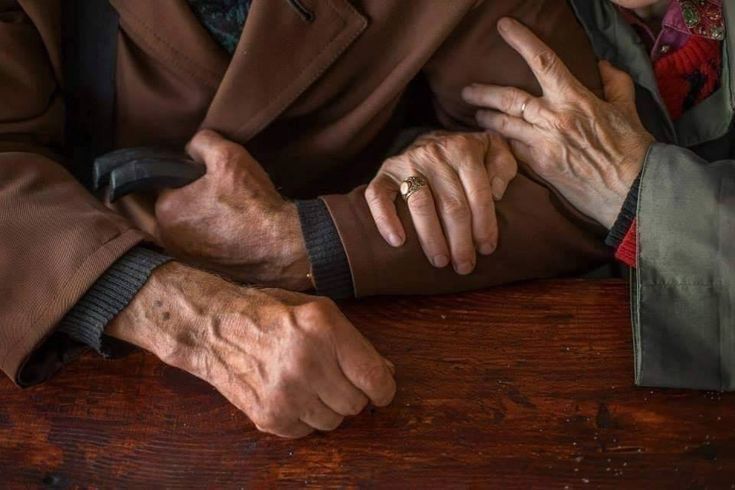
When Love Stops Happening
Sometimes love fades not with a bang, but a shrug.
You stop asking the other what they’re dreaming about. You stop touching for the sake of touching. You default to autopilot.
And that’s when love stops being an event — and becomes a memory.
***
There is no such thing as love that stays alive without care. Even Agape, the highest form of love, asks for our participation.
So the question isn’t, “Do you love him/her?”
The question is: Is your love still happening?
Or has it turned into one of those quiet Meteora churches — beautiful to look at, but no longer a place where anyone comes to pray?
Let’s not just preserve the image of love. Let’s keep entering it.
Let’s come back, again and again, to the sacred event. For the sake of love!
***
Yours, Ksenia Trefilova
